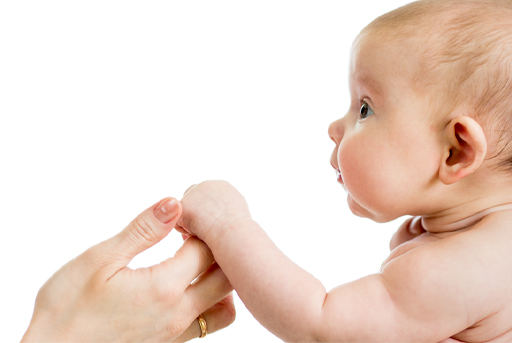2.2 Attachment theory: what is attachment?
When explaining the original theory of attachment, psychologists and others have suggested that babies are born with a biological need to be physically close to an adult for survival and protection. They are therefore very dependent on significant adults being both physically and emotionally available to take care of them. These early relationships with adults shape the way children learn to trust others, as well as their understanding of how relationships work and their feelings about themselves. The basic need for young infants to feel safe and secure which encourages closeness with adults can lead to a range of behaviours that foster closeness, such as smiling and cuddling attachment figures. Other behaviours like crying and being clingy can also occur when an infant becomes distressed, and it is usually the primary attachment figure that can soothe the child. These are considered to be instinctive behaviours. Crying and becoming clingy can also be attempts to communicate an infant’s anxiety and distress when they fear separation (which is usually only for a short period).
Activity 2 Understanding the continued need for attachment as adults
In order to appreciate how we may feel emotionally more secure with some people rather than others, make a list of some of the main qualities that exist in people you trust and feel closest to.
Discussion
When you look back over your list of qualities it would be interesting to reflect on how many of these revolved around communication, the way they respected your thoughts and feelings, and how well they listened to what you had to say without making too many judgments. In psychological terms such an approach, which is also the cornerstone of any counselling relationship, is called ‘unconditional positive regard’ (Rogers, 1951). In other words, the person is still positive towards you – warts and all! That does not mean they condone or agree with all your behaviours and attitudes. Rather, they are giving you time and an emotionally safe space to be yourself.
Many children who have not had the opportunity to develop close, responsive relationships in early childhood may not have experienced such unconditional positive regard or been accepted for who they are. They may therefore have never felt what it might be like to have their feelings validated or be comforted when distressed. They may never have felt sufficiently safe and secure enough to relax, play and learn in the same way as other children because they have not had a consistent and stable primary attachment figure.

